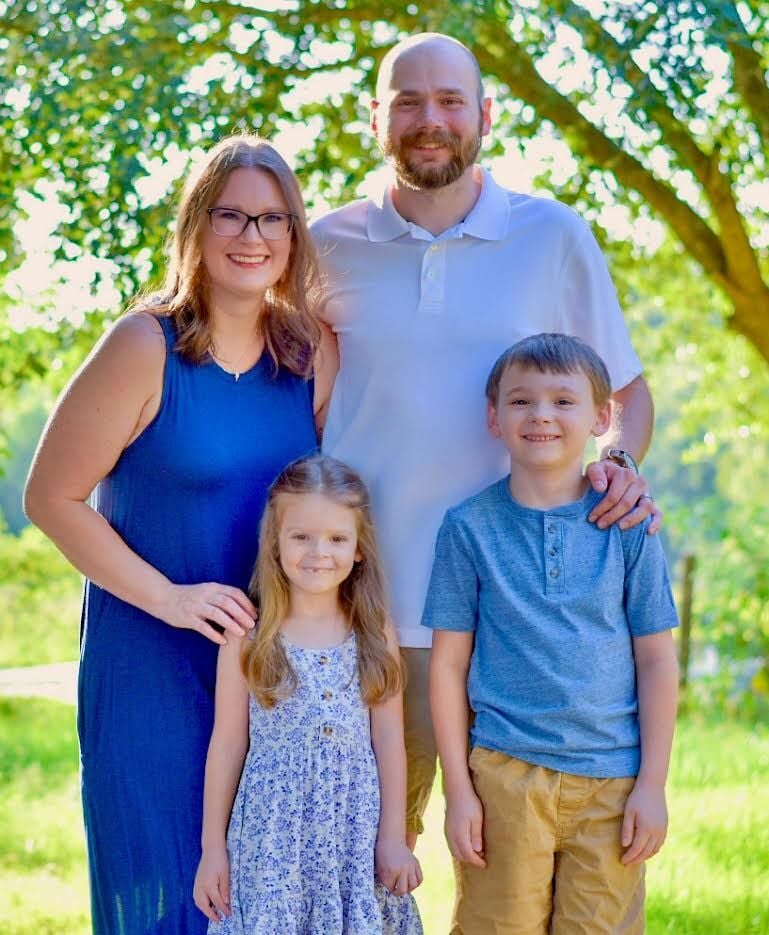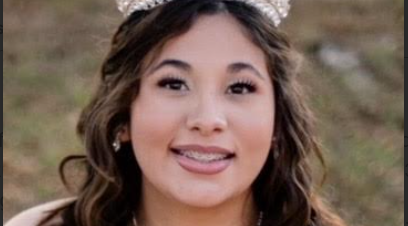Texas Voter ID law should be defended
Published 7:15 pm Saturday, October 11, 2014
A federal judge was wrong to strike down Texas’ Voter ID law last week — a law that a majority of Texans, including Democrats, support.
In issuing the ruling on Thursday, U.S. District Judge Nelva Gonzales Ramos of Corpus Christi cites no proof that anyone has been harmed by the law. In fact, there’s clear evidence that voter participation has risen since the law was put into effect.
Trending
Ramos claims the law “creates an unconstitutional burden on the right to vote, has an impermissible discriminatory effect against Hispanics and African-Americans, and was imposed with an unconstitutional discriminatory purpose,” and it “constitutes an unconstitutional poll tax.”
That’s exactly what the U.S. Supreme Court has ruled Voter ID laws aren’t. The Court upheld Indiana’s law in 2008, in a decision authored by the left-leaning Justice John Paul Stevens.
He found no evidence that Voter ID laws suppress the votes of minorities. On the other hand, he pointed to plenty of evidence of voter fraud that justifies some simple identity verification measures.
“That flagrant examples of [voter] fraud … have been documented throughout this Nation’s history by respected historians and journalists … demonstrate[s] that not only is the risk of voter fraud real but that it could affect the outcome of a close election,” he ruled.
All eyes were on Texas last November, when we held our first major election with the law — and no big problems were found.
Even the New York Times admitted the law’s rollout went smoothly.
Trending
The Times reported, “interviews with opponents and supporters of the new law, which required voters for the first time to produce a state-approved form of photo identification to vote, suggest that in many parts of the state, the law’s first day went better than critics had expected.”
Still, the Times pointed to a couple of high-profile incidents that supposedly demonstrated how “rocky” the rollout was.
“Judge Sandra Watts was stopped while trying to vote because the name on her photo ID, the same one she had used for voter registration and identification for 52 years, did not exactly match her name on the official voter rolls,” the Times wrote.
But here’s the thing — Judge Watts was allowed to vote. She simply signed affidavits saying she’s who she claimed to be. The system worked exactly as it should. Names that don’t match the voter registration records get a little more scrutiny.
We can look at the vote totals last year to see if there’s any evidence of voter suppression. Nearly twice as many Texans — 1.14 million — voted in the November 2013 election than voted in 2011, the last similar off-year election. The 2011 total was 690,052.
Opponents say more people might have voted, if the law wasn’t in place. That claim is impossible to disprove — and it’s an unreasonable burden to put on the law’s supporters.
Opponents of the Voter ID law predicted disaster in 2013. It didn’t happen. The law worked, and the clear winner in that election was the integrity of the Texas ballot box.








